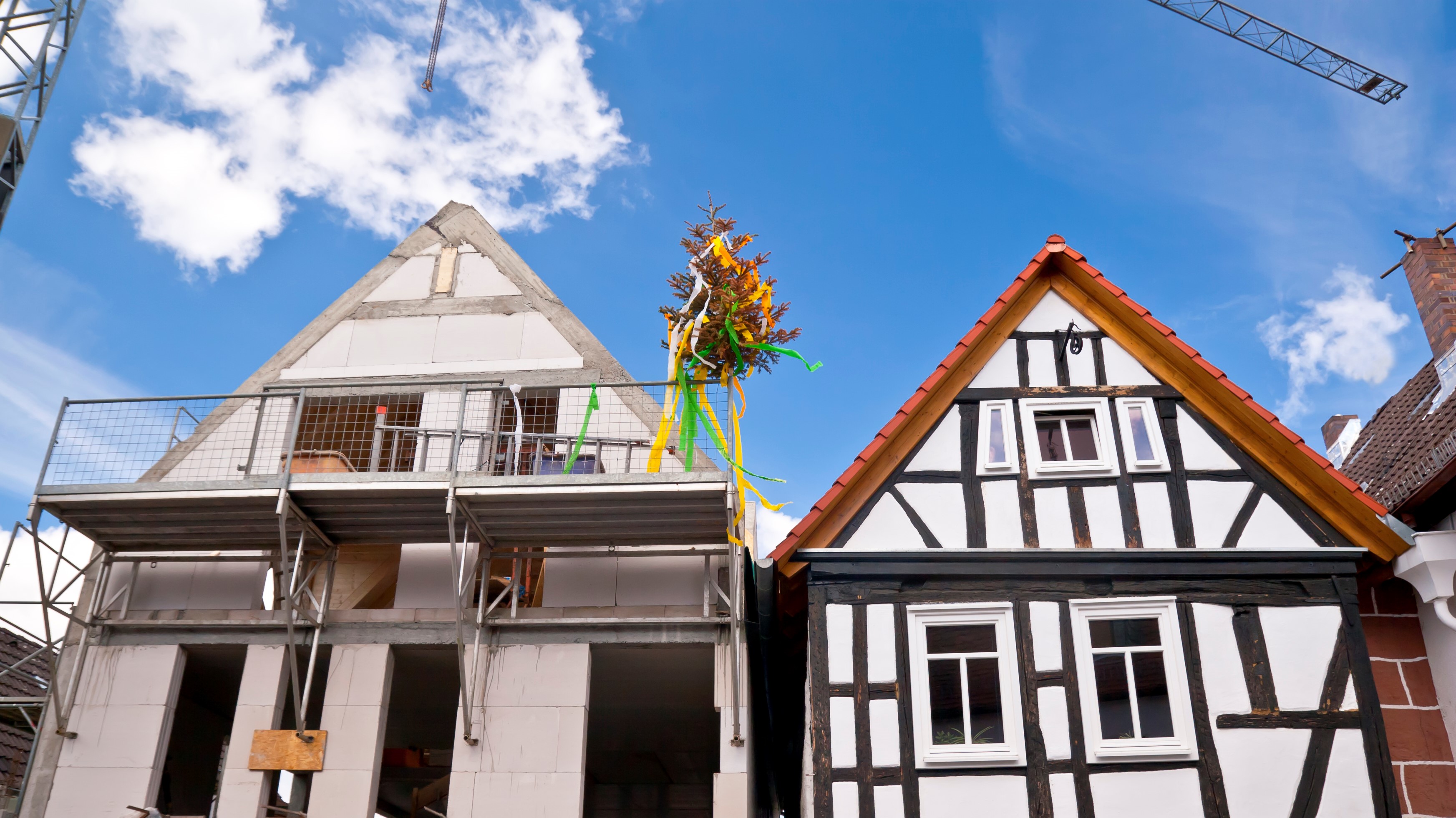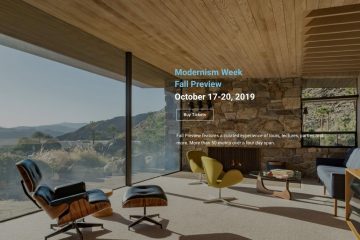Believe it or not, being the son of an architect was pretty cool. My dad was not only able to design and create plans for new buildings, but he was able to watch his vision came to life and allowed me to be in on the experience.
When I was young, my dad let me tag along to some of his construction sites as the building was being completed. Without fail, there was always a tree on top of the steel beams when the highest element was in place. At first, I thought it was a bit strange, (why in the world would someone put a tree on top of a building?) but then I discovered that this tradition of putting a tree onto the highest beam of a newly completed frame has been around for centuries.
Topping Out in the 8th Century
This arboreal tradition is known as “topping out” and has a long history in the U.S. and Europe. While some may argue its true beginning, the most widely accepted origin story has topping out beginning in 8th century Scandinavia.
Once a structure was completed, people affixed sheaths of grain to the highest roof beam. Then, the village celebrated along with the owner of the structure. Over time, sheaths of grain were replaced with tree branches. Because they believed that people started off as trees and returned to trees once they passed away, the forest was asked permission to use the trees to build their homes. At the completion of the building, a branch was placed on the highest beam and was thought to give the spirit of the tree someplace to live.
Industrialization Brings Change
As the building of structures became industrialized, the branch placed on a finished frame turned into a whole tree, usually fir. During the holiday season, you might see a Christmas tree on the top element of construction. Flags can be used in place of, or in addition to, trees. The Dutch have a related tradition called pennenbier. In this tradition, the flag is hung at the completion of the structure and will stay up there until the owner of the building buys all of the workers a beer.
Also, the topping out ceremony now usually takes place in metal construction, not as much in stick-built construction.
Inviting Good Fortune to All Who Enter
While the origin of the topping out tradition may be argued, there is no denying its purpose- to symbolize good fortune and prosperity to the owners and the folks who use the buildings, in addition to celebrating the achievement of completing construction.
Add Industrial and Architectural Pieces to Your Collection
If you are looking for the perfect piece to begin, or add to, your own art collection, visit our GALLERY. We have beautiful, original mid-century modern pieces by Raymond Loewy, Vincent Raney, and others.





